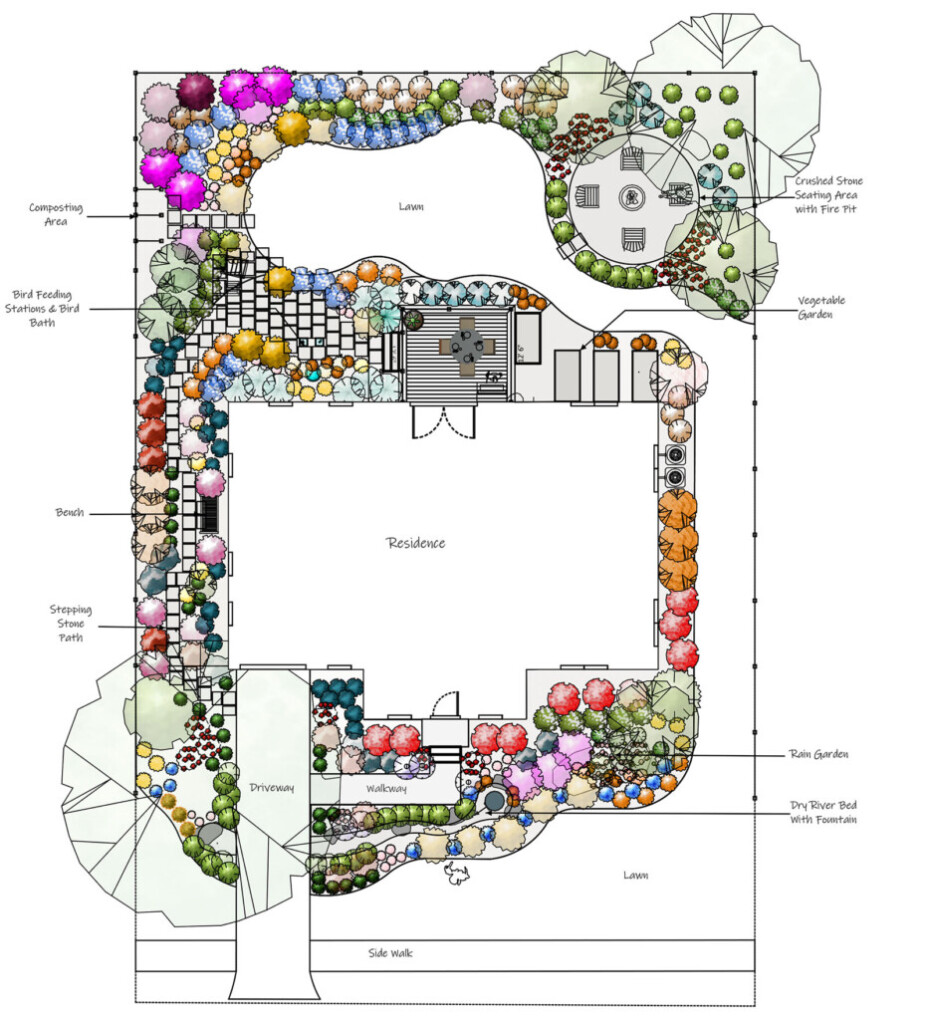
Printing note: This design was created to be 8.5″ x 14″ and the design pdf will print best on legal size paper.
Wild Ones Meet the Designers Webinar
Meet Wild Ones Native Garden Designers Danielle Bell (Milwaukee) & Susan Hall (Toledo)
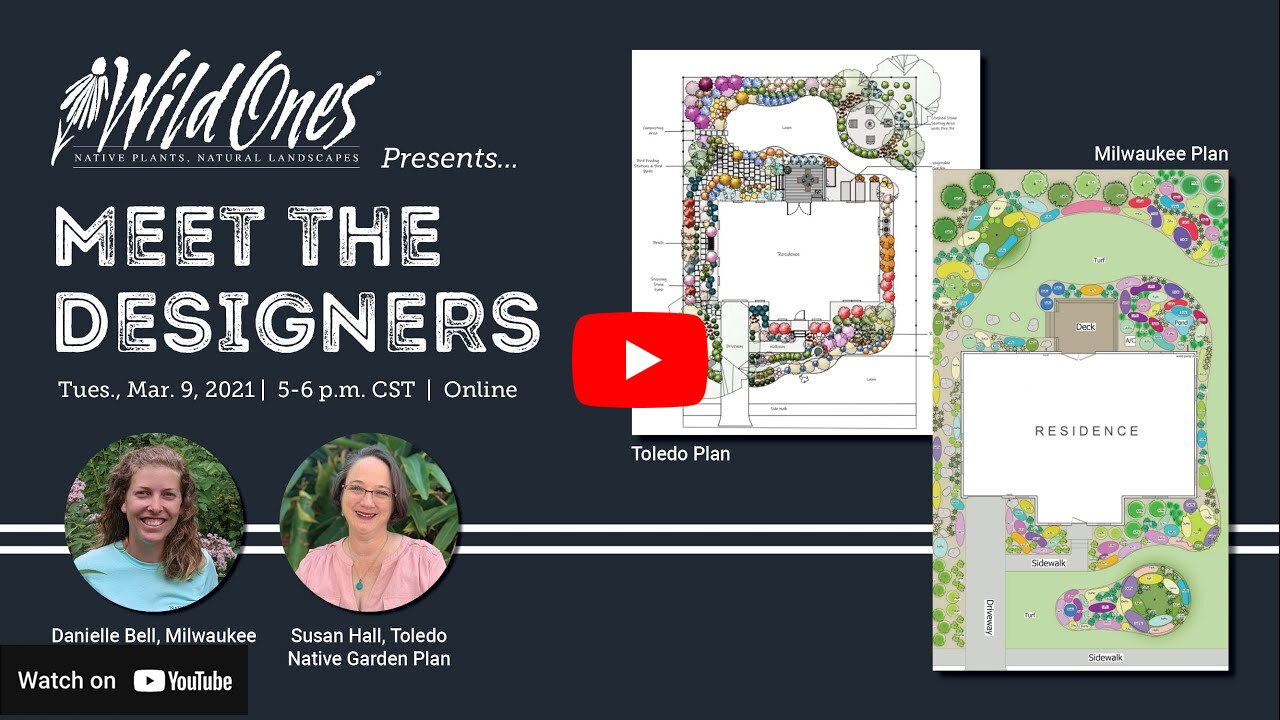
Design Fly Over
Phasing
It is helpful when designing your home landscape to look at the entire property and create a comprehensive plan. To start, list of all the activities you plan for your yard. This design includes areas for entertaining, bird feeding, firepit/gathering area, elevated vegetable garden, rain garden, and a water feature. Taking the time to plan the use of your outdoor living area allows you to maximize the use of your space.
Phase 1
Phase one includes the plantings in front of the house, shrubs along the foundation on the west side, and vegetable gardening beds. If your home has existing shrubs and trees you may decide to keep them. Review the plant list for the various soil and sun shade patterns and create beds around the existing plant material.
Our front yard planting includes a rain garden to handle roof run off. There are many publications to discuss their placement and construction. The Toledo-Lucas County Rain Garden Initiative is a good local resource for more information.
The dry river bed draws your eye across the front yard tying beds on both sides of the driveway together. When built with 6″ or more dip in the center the dry river bed becomes a swale. This small swale will allow water from the walkway to be collected and infiltrate into your planting bed during a rainfall.
The addition of a disappearing water fountain will bring birds drink and bathe in the front yard. These water fountains area easy to create from found objects or purchased as kits. Installation is a simple process that can be accomplished in an afternoon and will give you years of enjoyment. Each fall, drain the fountain and pull the pump in the fall for years of enjoyment.
Phase 2
Phase two brings the creation of a prairie border along the back of the property. The prairie species are planted in groupings of three, fives, and sometimes seven, creating waves of plants. The various species are also repeated throughout the back yard plantings giving a sense of continuity on all sides of the yard.
The fire pit area has three trees installed around it. Creation of the seating area his done by digging a circle out at four to six inches below grade. This can be covered with landscape fabric and then filled with crushed stone that it then tamped in place to compact the area. If you have a HOA that does not allow wood fire pits, consider installing a propane fire pit.
Phase 3
The seating area in the side garden is the perfect place to stop on the path and enjoy solitude. The plantings which enjoy the shady conditions are an excellent alternative to a struggling sod sideyard. Late in the season, Christmas ferns and columbine leaves add color and interest.
The walkway and small patio that allows entrance to the patio is created with paving stones. The paving stones specified in the drawing are 24″ square and 16″ by 24″ rectangles. We choose smooth paving stones to reduce the risk of tripping found with natural stone. A benefit of this design allows you to move stone and place your bird feeders in different locations by removing a stone and placing it in another location. Bird seed hulls can be easily cleaned up and composted to reduce waste problems. The bird bath is conveniently located and installation of a solar powered bubbler will add an element of soothing sound to the backyard.
Plant List
This list is inclusive of only the native plants in this specific native garden design. The list is meant to provide a basic preview of the beautiful and diverse plants featured in this design and serve as a reference tool when selecting plants at a nursery. (The list can be printed in two columns using landscape mode in your print settings.) More thorough information about each of these native plants can be found online at the Audubon, Lady Bird Johnson Wildflower Center and United States Department of Agriculture websites, all of which provide a wealth of native plant information including comprehensive North American native plant databases.
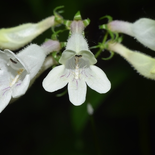
Beardtongue(Penstemon digitalis)
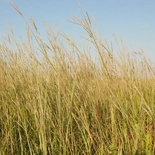
Big Bluestem Grass(Andropogon gerardii)
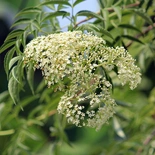
Black Elderberry(Sambucus canadensis)
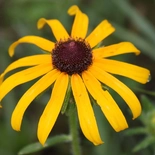
Black-Eyed Susan(Rudbeckia hirta)
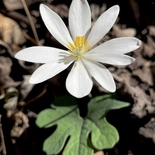
Bloodroot(Sanguinaria canadensis)
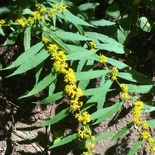
Blue-Stemmed Goldenrod(Solidago caesia)
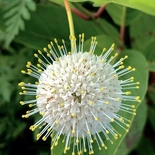
Buttonbush(Cephalanthus occidentalis)
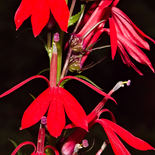
Cardinal Flower(Lobelia cardinalis)
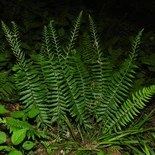
Christmas Fern(Polystichum acrostichoides)

Culver's Root(Veronicastrum virginicum)
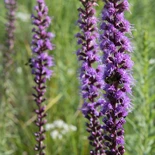
Dense Blazing Star(Liatris spicata)

Dotted Horsemint(Monarda punctata)
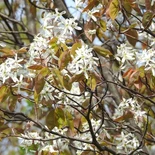
Downy Serviceberry(Amelanchier arborea)
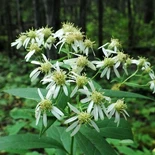
Flat Topped Aster(Doellingeria umbellata)

Fragrant Sumac(Rhus aromatica)

Golden Alexanders(Zizia aurea)

Great Blue Lobelia(Lobelia siphilitica)
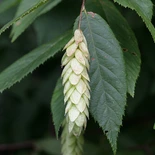
Ironwood(Ostrya virginiana)

Jack-in-the Pulpit(Arisaema triphyllum)

Joe Pye Weed(Eutrochium maculatum)
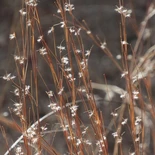
Little Bluestem Grass(Schizachyrium scoparium)
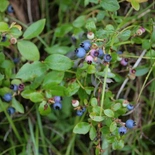
Low Sweet Blueberry(Vaccinium angustifolium)
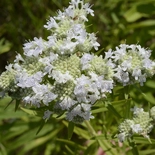
Mountain Mint(Pycnanthemum virginianum)
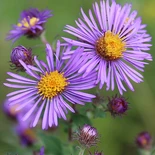
New England Aster(Symphyotrichum novae-angliae)
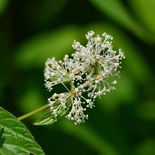
New Jersey Tea(Ceanothus americanus)
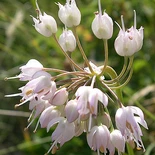
Nodding Onion(Allium cernuum)

Partridge Pea(Chamaecrista fasciculata)
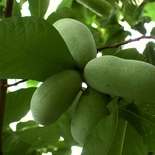
Pawpaw(Asimina triloba)
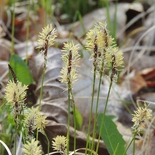
Pennsylvania Sedge(Carex pensylvanica)
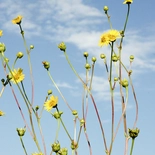
Prairie Dock(Silphium terebinthinaceum)
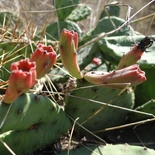
Prickly Pear Cactus(Opuntia humifusa)
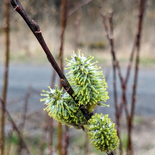
Pussy Willow(Salix discolor)
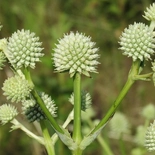
Rattlesnake Master(Eryngium yuccifolium)
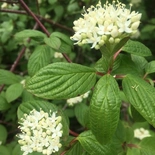
Red Osier Dogwood(Cornus sericea)
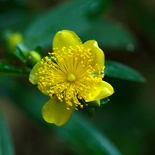
Shrubby St. John's Wort(Hypericum prolificum)

Sky Blue Aster(Symphyotrichum oolentangiense)

Smooth Aster(Symphyotrichum laeve)
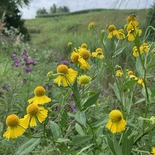
Sneezeweed(Helenium autumnale)

Southern Blue Iris(Iris virginica var. shrevei)
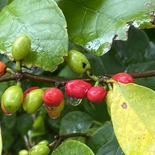
Spicebush(Lindera benzoin)

Stiff Goldenrod(Oligoneuron rigidum)

Swamp Milkweed(Asclepias incarnata)
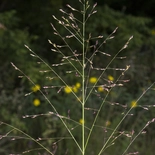
Switchgrass(Panicum virgatum)
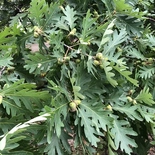
White Oak(Quercus Alba)

Wild Bergamot(Monarda fistulosa)
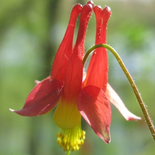
Wild Columbine(Aquilegia canadensis)

Wild Ginger(Asarum canadense)
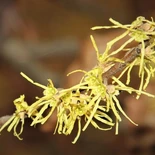
Witch Hazel(Hamamelis virginiana)

Woodland Sunflower(Helianthus divaricatus)
About the Designers
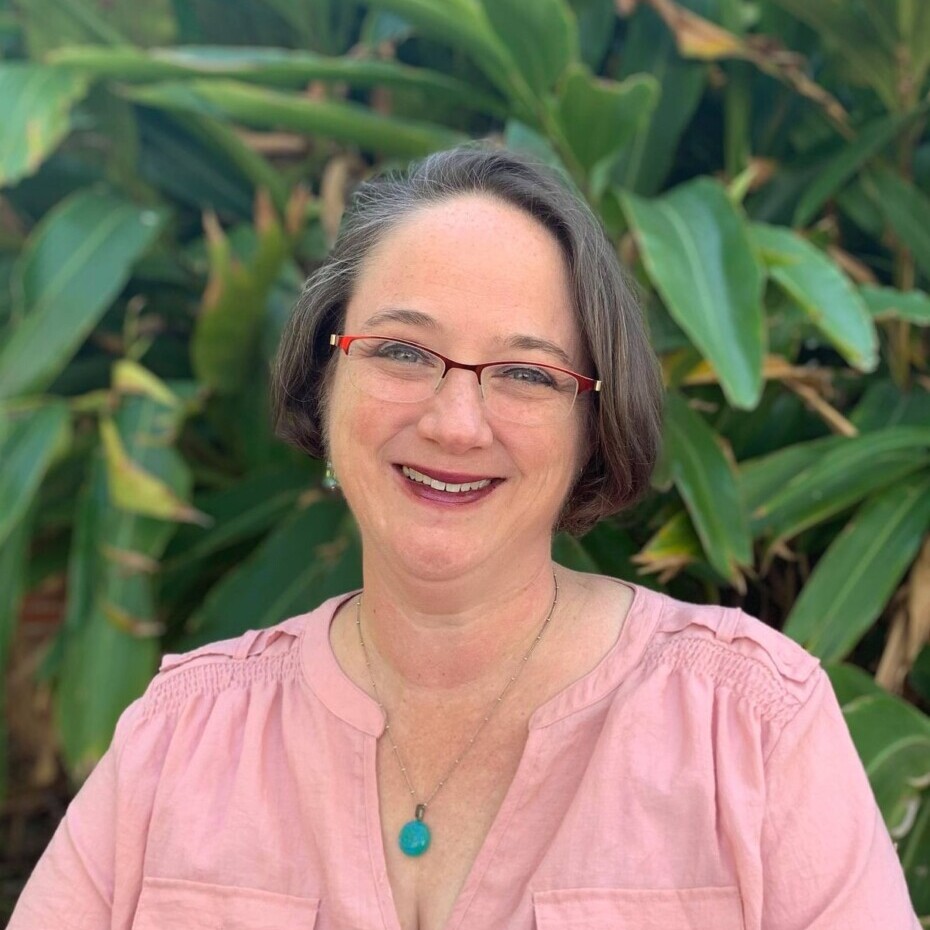
Susan Hall is passionate about using native plants in home landscapes. As a landscape designer and certified horticulturist, she feels it’s important to educate homeowners on the many benefits of native plants in their home landscape. She grew up in Toledo Ohio and was introduced to native plants by members of the Oak Openings Wild Ones Chapter. A move ten years ago took her to Berkeley County West Virginia, where she designed both residential and commercial spaces. She currently lives in Corpus Christi, Texas near her parents. Her focus now in addition to her design work, is creating a Landscape Design Program for Del Mar Community College’s Continuing Education Program. The most popular class to date is Xeriscape Management, which focuses on entirely native plants. Examples of Susan’s work can be found on her YouTube channel, Hidden in a Garden Design.
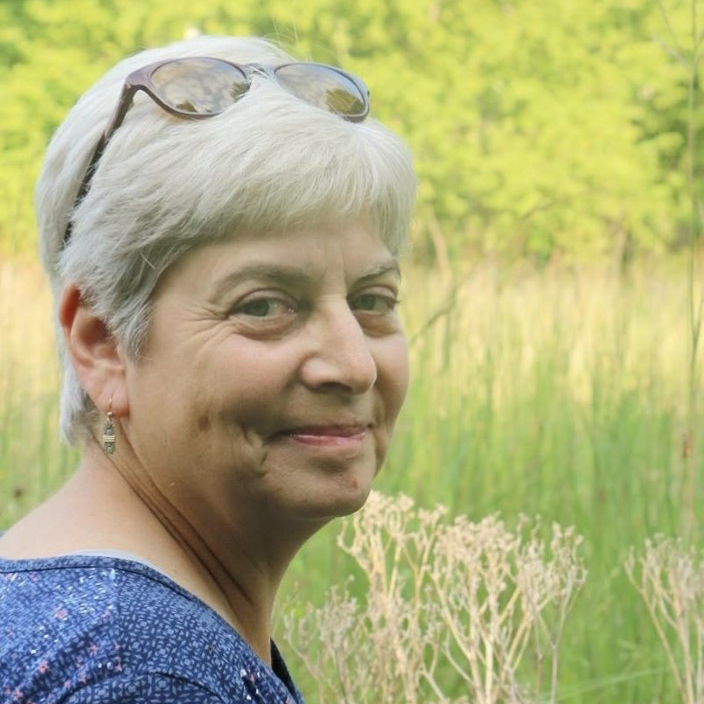
Since her youth, Denise Gehring has encouraged others to directly experience nature and become stewards of our natural world. After an active career as a naturalist, then director of Environmental Programs for Metroparks Toledo, she discovered Wild Ones. This was a terrific connection with those who shared a love of growing native plants, preserving biodiversity and restoring natural landscapes. Since 2008, she has enjoyed serving on local and national Wild Ones boards, especially Wild for Monarchs, Seeds for Education, establishing chapter native landscape and youth awards, and most recently, the Stanley Smith Horticultural Trust Native Beauty project. Her passion for restoring natural landscapes began in 1982. With the help of park volunteers, Denise collected seeds from over 100 species from nearby preserves to return a tallgrass prairie next to a bur oak tree, approximately 240 years old. This restoration was based on an 1843 site map of a log cabin in a prairie, flanked by a lone bur oak— she thinks it is the very same tree. This was the first of many exciting restorations, prescribed burns, rare plant and butterfly surveys that she worked on to help preserve the Oak Openings Region— a globally threatened ecosystem and ancestral homeland of the Odawa people. In 1990, Denise co-founded the Oak Openings Natives project so that the public would have a dependable source of local genotype native plants and seeds for home landscapes and to boost home grown conservation of the region. The Wild Ones native plant sale developed from this initiative. Because of her botanical expertise, she serves as a native plant consultant recommending beneficial native species for residential, public, and commercial projects including world headquarters. Denise and daughter Julia shared their enthusiasm for Wild Ones and growing native plants on PBS: https://video.wbgu.org/video/nw-ohio-journal-wild-ones/. Gehring is a member of the Oak Openings Native Plant Working Group, a native plant consultant, rare plant monitor and works as an Ohio Natural Areas & Preserves Field Botanist.
Growing the Native Plant Movement Together
July 22nd at 5:00 PM (CDT)
The closing event of this year’s Less Lawn More Life Challenge, will be led by Lisa Olsen, Chapter Liaison at Wild Ones. In this webinar, you’ll learn how small, personal actions like planting native species and removing invasives, can ripple outward to inspire neighbors, change policies, and reshape communities.
About Wild Ones
Wild Ones (a 501(c)(3) nonprofit organization) is a knowledgeable, hands-on, and supportive community focused on native plants and the ecosystem that depends on them. We provide resources and online learning opportunities with respected experts like Wild Ones Honorary Directors Doug Tallamy, Neil Diboll, and Larry Weaner, publishing an award-winning journal, and awarding Lorrie Otto Seeds for Education Program grants to engage youth in caring for native gardens.
Wild Ones depends on membership dues, donations and gifts from individuals like you to carry out our mission of connecting people and native plants for a healthy planet.
Looking for more native gardening inspiration? Take a peek at what our members are growing!
